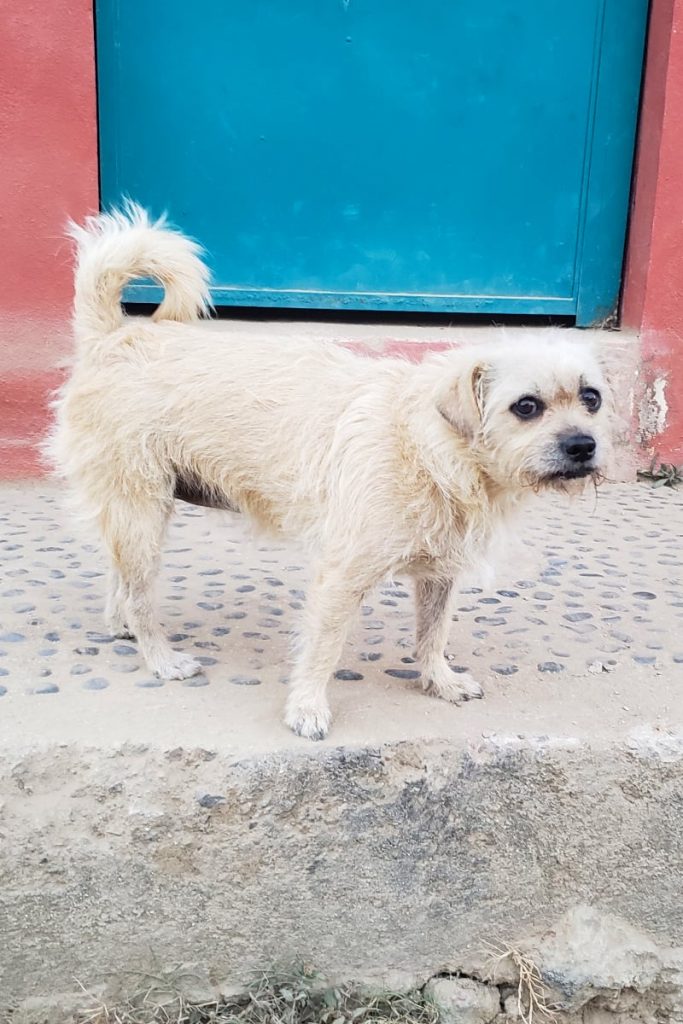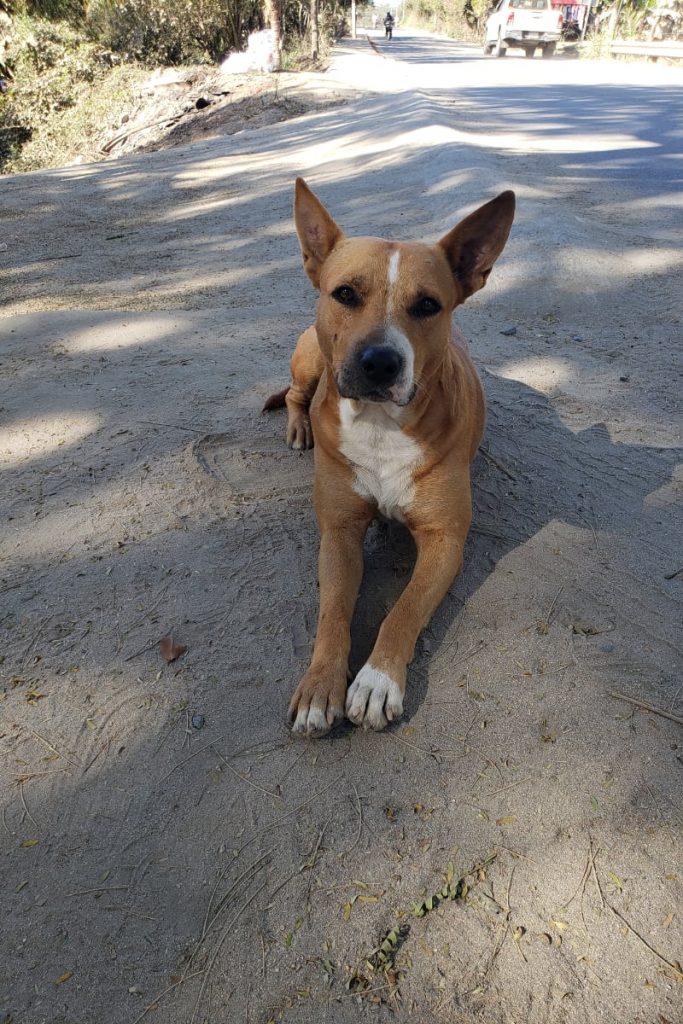When I first arrive in a new locale, especially one where the culture and language are different from my own, I try to become attuned to the sights and sounds of the area. This is true for our trip so far. It’s a way that we, as outsiders, gain some understanding of a place. In San Miguel we watched and listened to the workers in the courtyard below as they built forms and poured concrete and slowly, day by day, made progress on a building project. The tap tap of their hammers began precisely at 8 a.m. and soon after, as we took our morning tea and coffee on the rooftop patio, we heard the radio softly playing Mexican music. The workers across the street and farther away were not so subtle. They used power tools and preferred their tunes louder. In the streets the drivers were very courteous, stopping for pedestrians to cross. Many people greeted us on the street with Hola, Buenos Dias or Buenas Tardes. In Guanajuato, we had the constant of the church bells immediately in front of our hotel in the central square. It rang on every quarter of the hour and the deep bong bong marked the day (and the night) in a comforting sort of way. I used my limited Spanish and although our tourist status was apparent, it felt like we belonged in the rush of university students, shop vendors, and others that packed the streets. Yes, we were not locals and, as such, stood out, but we were caught up in the daily routines of those around us.
Now we are in the beach town of Sayulita and learning the lay of the land. I am beginning to understand the language around here. And I am not talking Spanish. Really, in Sayulita, a person hardly needs to know Spanish. Even Rudy’s charades that have kept me quite amused during the trip are no longer necessary. (Although he still pretends to scribble on his hand whenever he wants the bill.) What we have found, that needs some translation, is the constant chatter on the street. And I am not talking human chatter. There is the overly loud cha cha cha of the music coming from across the street, (Does that guy sitting on his plastic chair contemplating some possible activity today really need the whole neighbourhood, or even the whole side of town east of the Punta Mita highway, to hear and appreciate the amateurish out-of-tune recording he has playing on the radio or does the man who expertly maneuvers his massive scrap metal truck down our narrow potholed dirt road in our neighbourhood each day, his loud speaker blaring from atop the cab roof, really think that today I will have some old barbed wire or a bedspring to throw out for him. I didn’t have any yesterday and he probably only needs to check with me (and the neighbours) in a week or so from now.
But really what I want you to know is that I am beginning to understand another type of language. It is the language of the dogs and the roosters. Because they are constantly yelling, I now am able to identify each of them. For example, there is Senora Sanchez across the street. She is a small dog and the sound of her high-pitched voice is excruciating. She is often pissed with Mrs. Gibbons (owned by the expat at the corner)and has no qualms about letting her know. And when she starts, the two dogs that live across the empty lot beside us, chime in. You can see their heads poking over the concrete wall putting in their two centavos. Senor Pablo Garcia and his partner in crime, Senor Rodrigo Lopez, who appear to have no fixed address, are always up for a squabble. They are particularly testy after a night on the town. Really, I can understand the short fuse they have with the rooster, Senor Canta Incesantemente, who begins his morning wake-up calls at 4 in the morning and doesn’t shut up until noon. I also would like to make chicken soup of him each and every morning. Old lady Lucia Maria Hernandez de Perez, who lives below us, and can barely move her rotund aging body off the road, always has a say, even though she never joins in physically to a fight. And so it goes, each and every morning…..and afternoon……and evening. On and on and on. The Bremen Town Musicians have moved to Sayulita.




